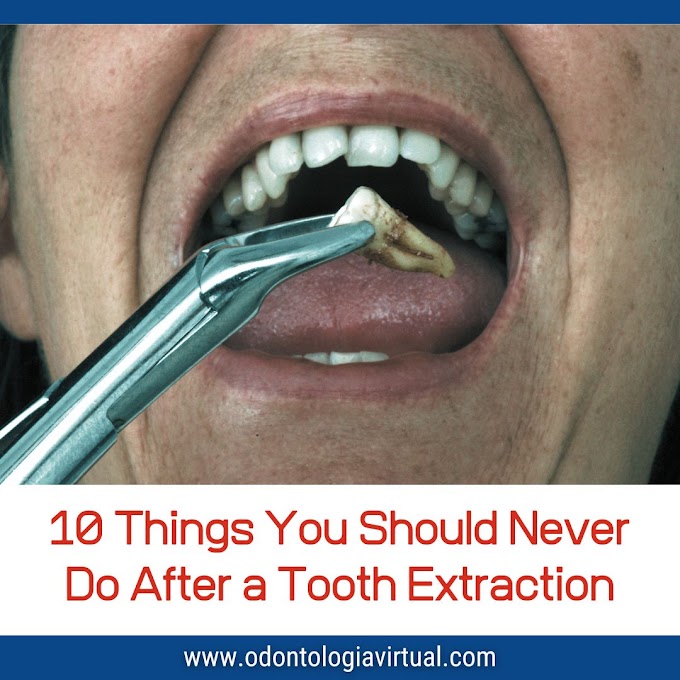Yuvan Noah Hariri wrote in his book, Homo Deus, that “the train of civilisation” is leaving the station for the last time and those who do not understand technology will miss a seat on that train into the future.
It has been an exciting decade for dentistry, and for those that are paying attention to what is going on in the industry, things are accelerating into the future.
It is no longer about simply having the tools with which to become a digital dentist.
It is now about understanding how to seamlessly integrate the hardware, software and new materials in a way that could transform the way we think about our workflows and treatments moving forward.
The Digital Dentistry Society was founded on the premise that the transformation of analogue to digital dentistry required some guidance, education and support.
It organises regular global congresses, of which the next will be from the 12th to 14th of October 2023 in the amazing city of Casablanca, Morocco.
At these events, some of the greatest minds in the field of digital technology applied to dentistry and health care will gather to share their visions of the future.
I am privileged to be a part of this organisation, alongside my friends and colleagues on the board and all of our ambassadors around the world who are promoting and leading the
way in the digital revolution.
I have made my personal goal to keep the Editorial clinic that I founded in 1999 as advanced and up-to-date as possible.
As such, I am blessed to work not just with an amazing team of dentists and co-workers but with some of the leading tech companies on Earth that endeavour each year to bring to market cutting-edge tools, materials and technologies that make life easier and more profitable for everybody, including the patient.
► W&H Dental 2025 Innovations: Technology, Efficiency, and Sustainability for Modern Dentistry
I remember clearly the first time I scanned a tooth prep back in 2008 using Cerec technology and how excited I was to be able to use computer-aided design and computer-aided manufacturing (CAD/CAM) to help me make a lithium disilicate crown.
I thought that this would completely change everything, that I would never again have to take a silicone impression and that dental technicians’ days were numbered.
The truth of the
matter is that the time taken to work on the CAD design was way too long, and despite the best of intentions of this technology to offer a chairside ‘instant’ solution, it was not in fact instant.
I rapidly understood that the technology also required a deep understanding of how to integrate it into the modern dental workflow.
Each clinic has its specific way of doing things, and without truly understanding this, a designated allocated time for each procedure.
The transition from analogue to digital is thus not simply acquiring the technology but also reshaping the workflow to accommodate the extra time it takes to acquire the data.












